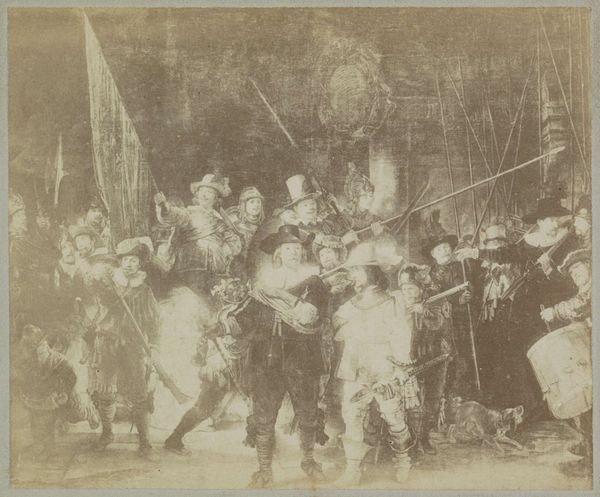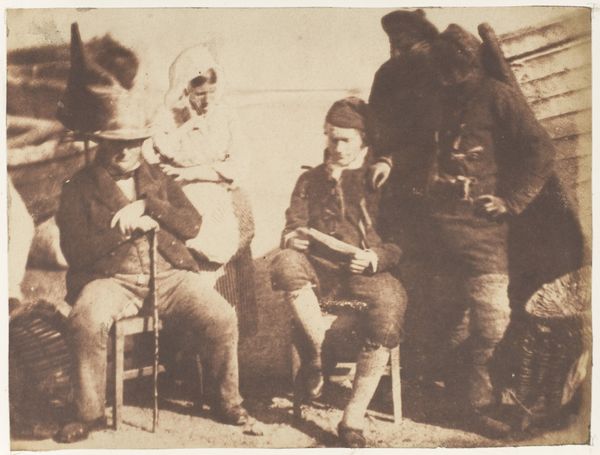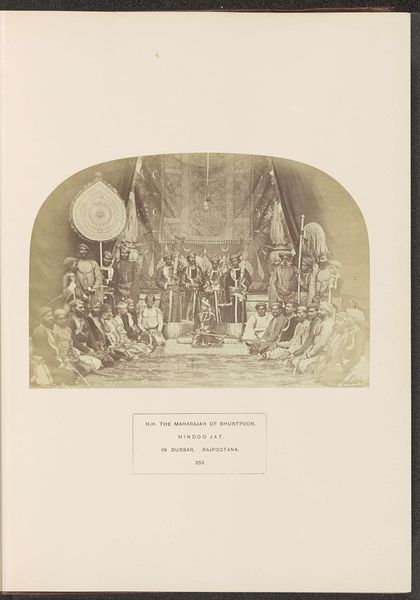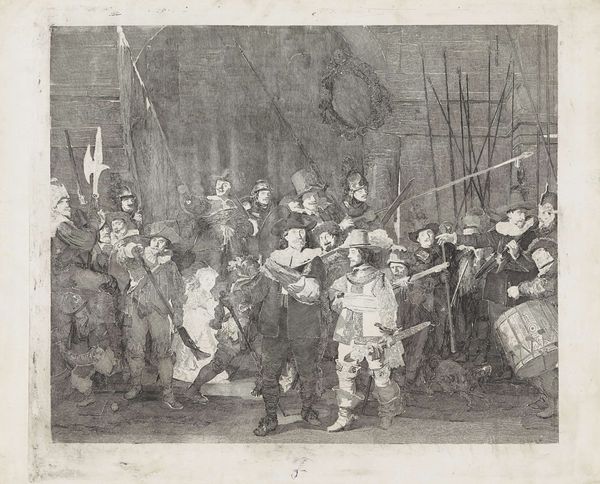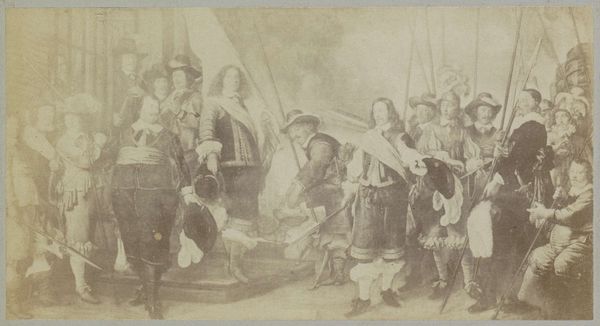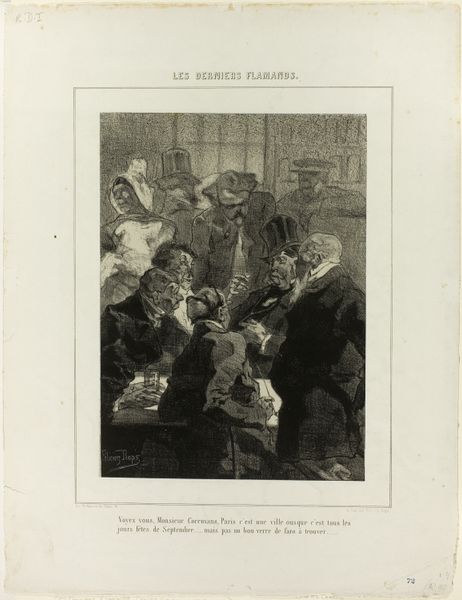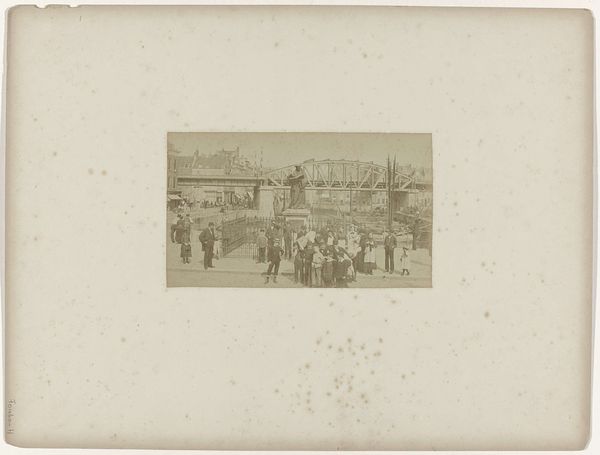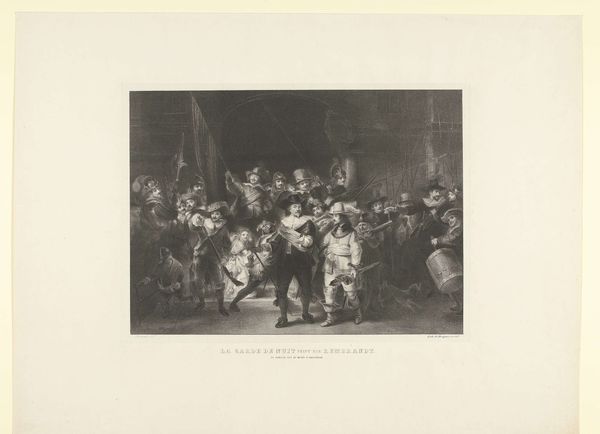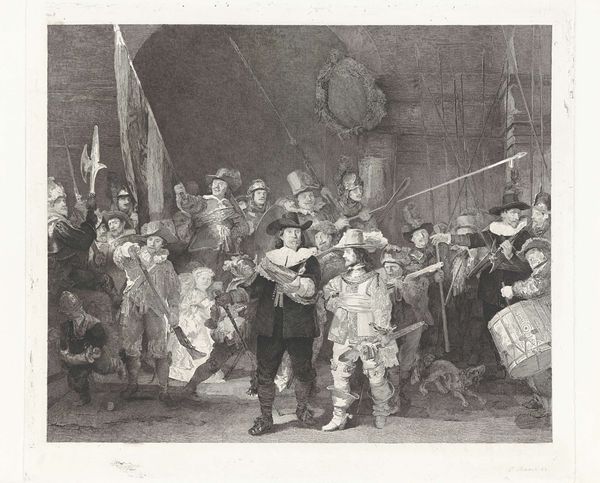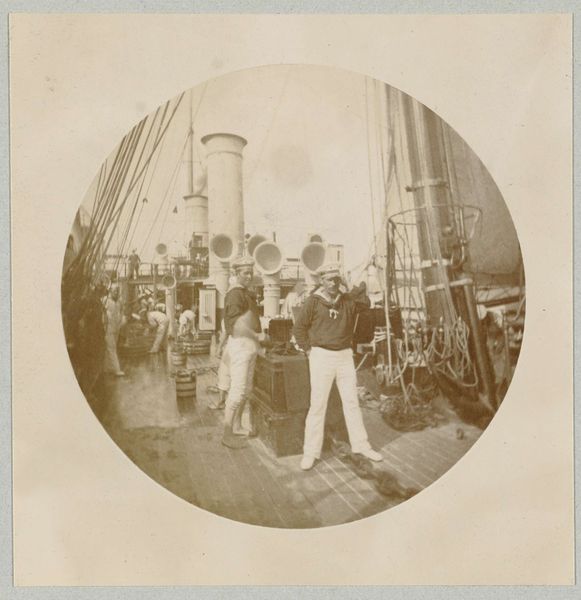
Fotoreproductie van de Nachtwacht van Rembrandt van Rijn c. 1875 - 1910
0:00
0:00
andriesjager
Rijksmuseum
Dimensions: height 90 mm, width 118 mm
Copyright: Rijks Museum: Open Domain
This is Andries Jager’s photographic reproduction of Rembrandt van Rijn’s ‘The Night Watch,’ made in the Netherlands in the 19th century. It demonstrates the growing public interest in art and the increasing availability of art through reproduction. Here, we see how photography was used to disseminate and preserve cultural heritage. The photograph captures Rembrandt’s famous painting, originally created in 1642, which depicts a group of civic guards preparing for a parade. The image creates meaning through its visual codes, such as the dramatic lighting, known as chiaroscuro, and the dynamic composition, which were hallmarks of Rembrandt’s style. As photography gained popularity, institutions like museums began using it to document and share their collections, democratizing access to art. The rise of photography coincided with the growth of art history as an academic discipline. Scholars began to study art in its historical context, analyzing the social, political, and cultural forces that shaped its creation and reception. By examining archival materials, letters, and other primary sources, historians can shed light on the complex relationship between art, society, and the institutions that support it.
Comments
No comments
Be the first to comment and join the conversation on the ultimate creative platform.
